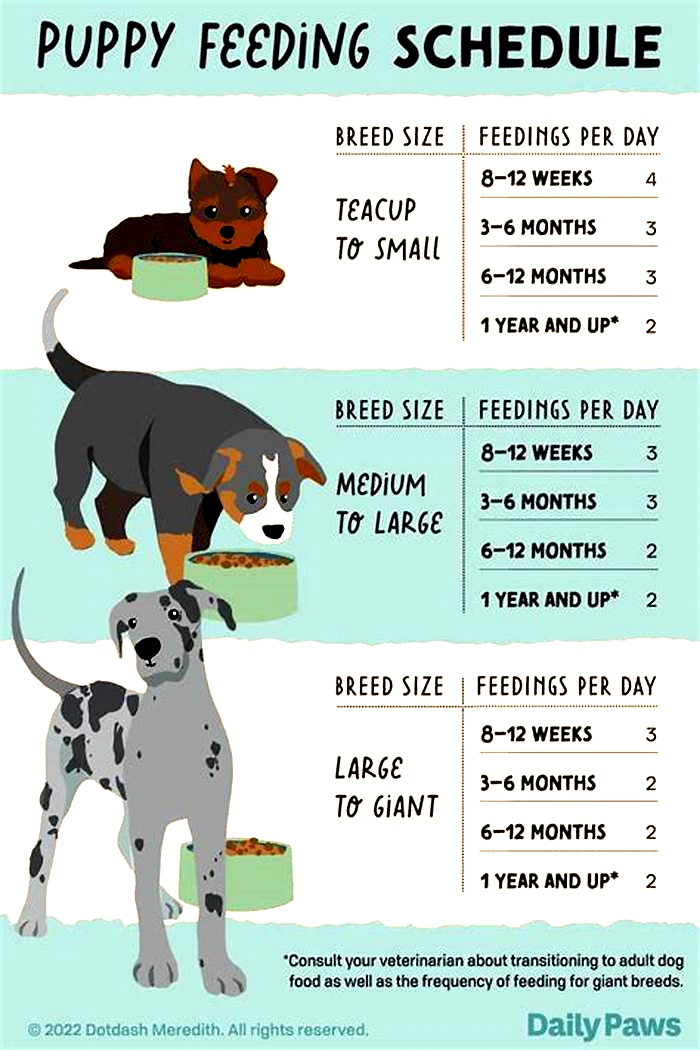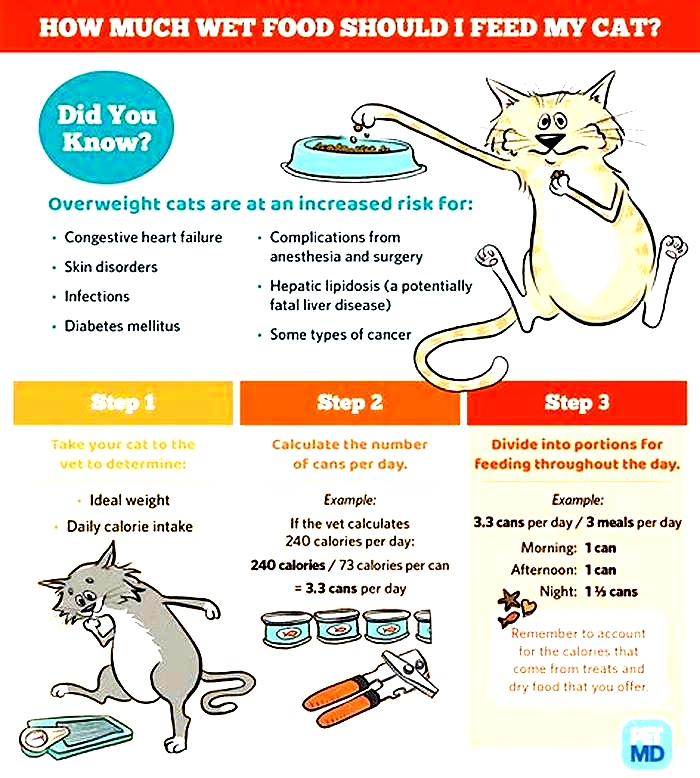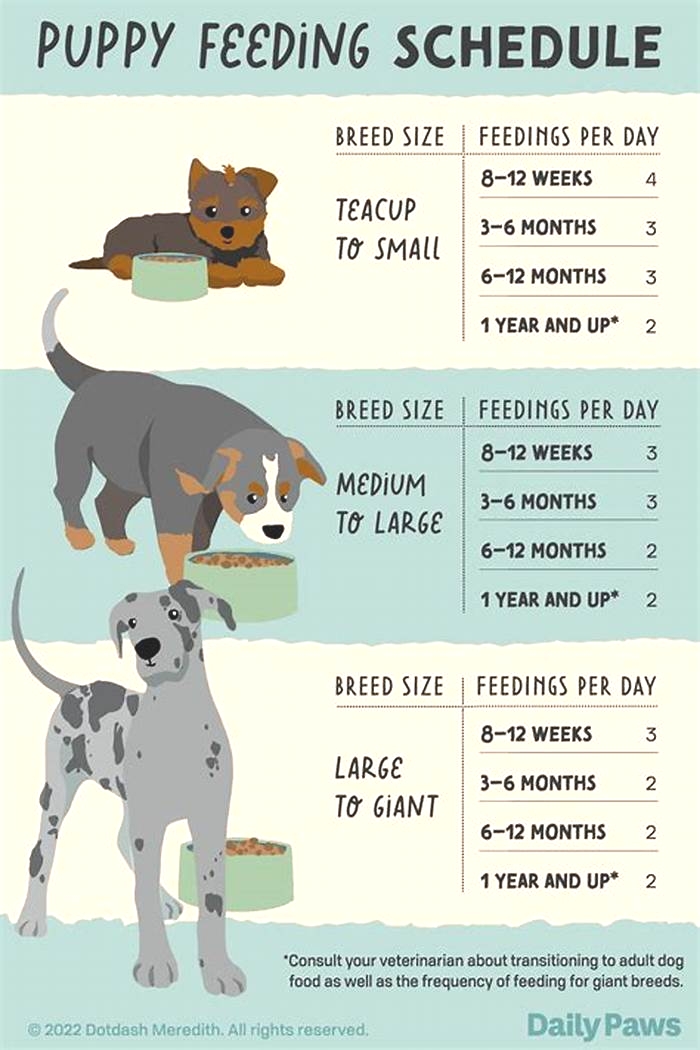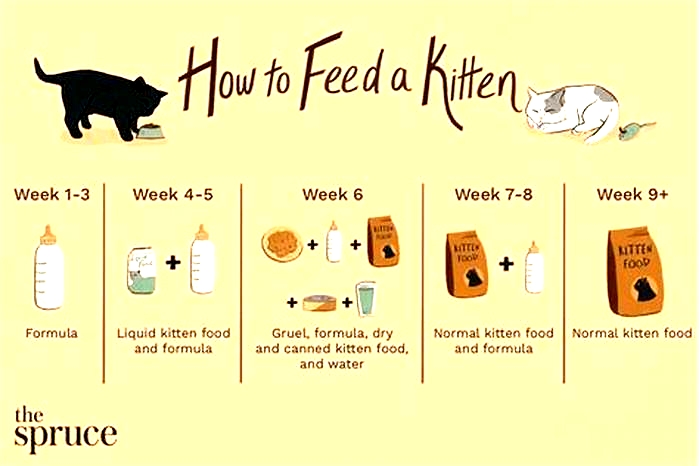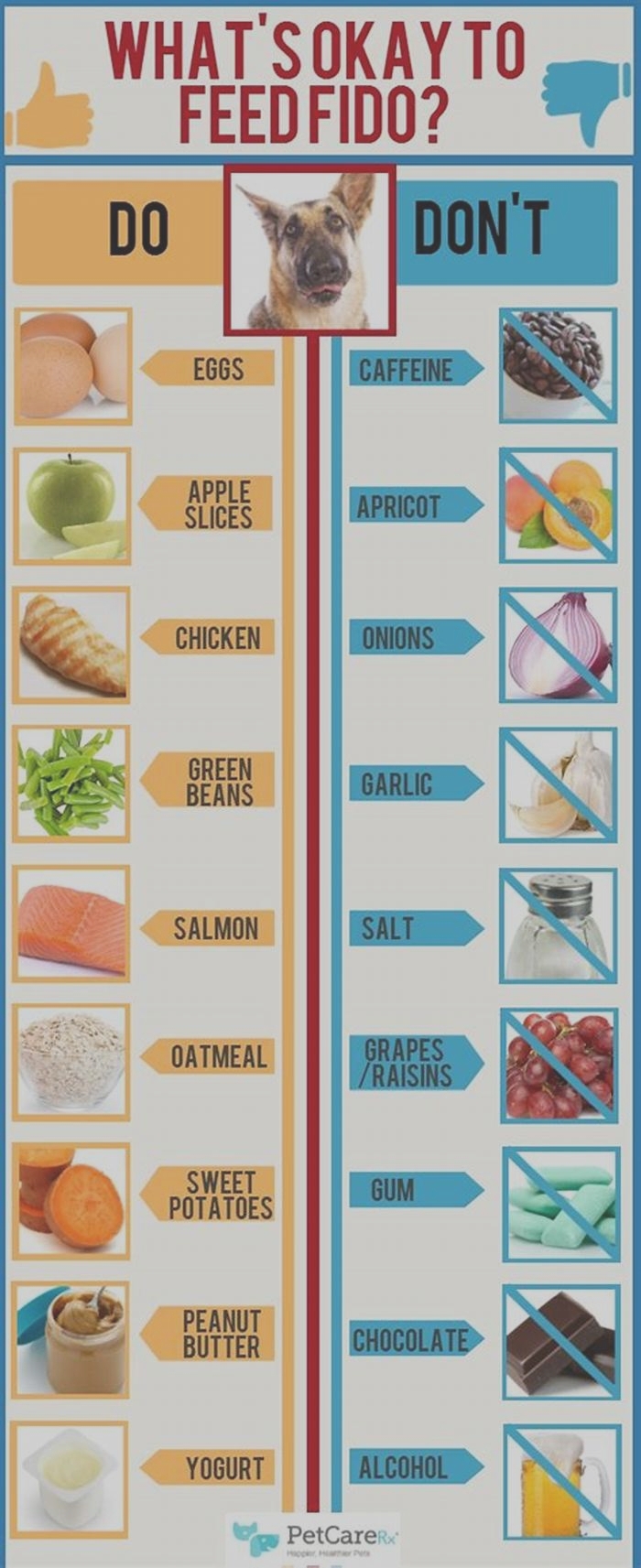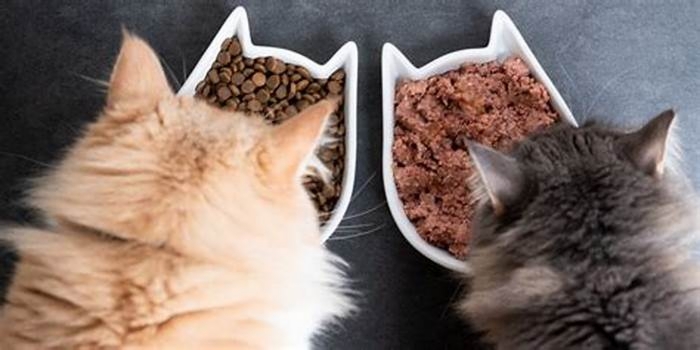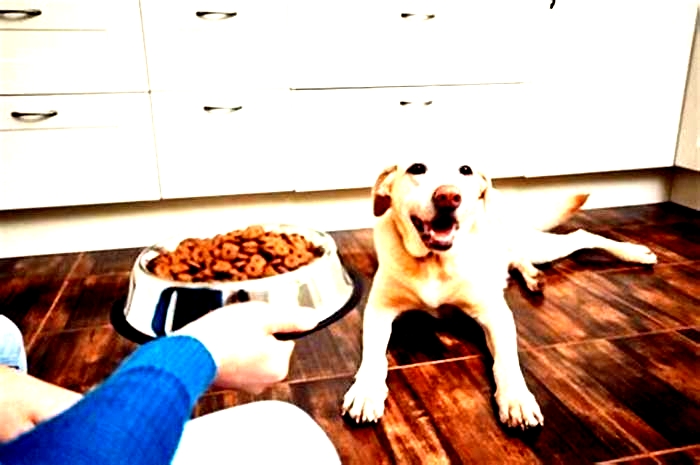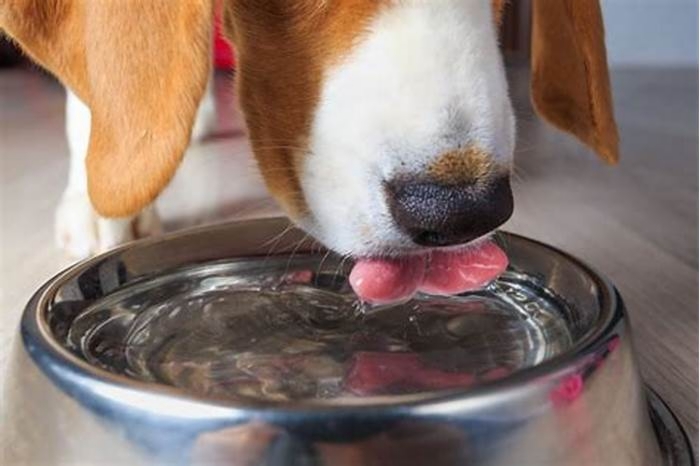What is the best time of day to feed a dog
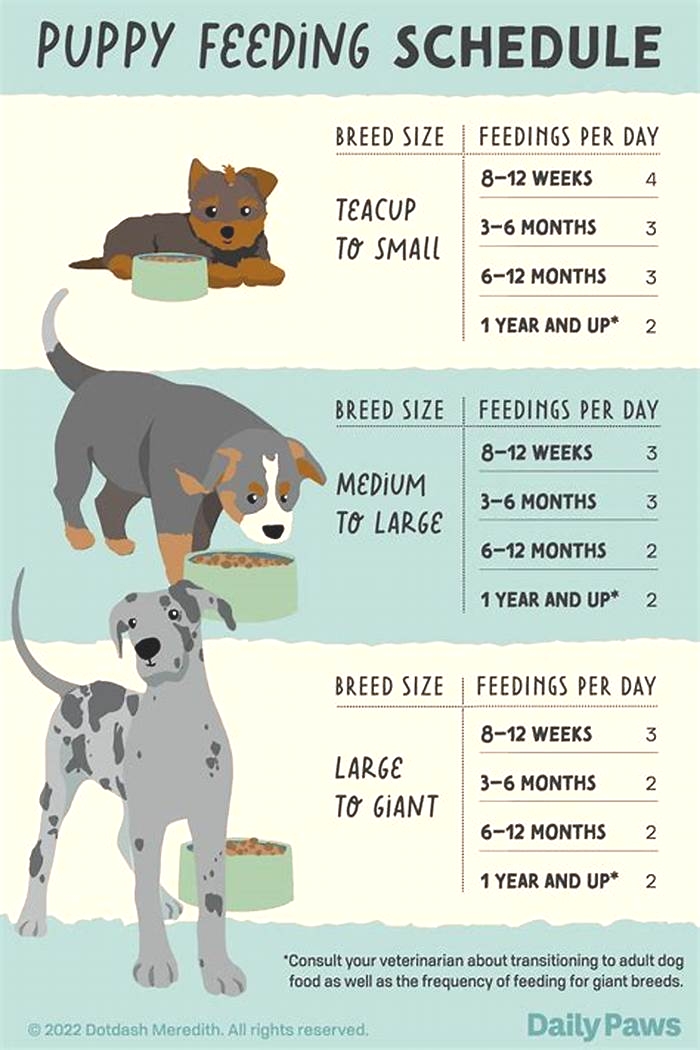
What is the Best Time of Day to Feed your Dog? (According To The Experts)
Article Last Updated April, 2024
Key Takeaways
- Regular meal times are crucial for your dogs digestion, energy, and overall well-being.
- Free feeding can lead to overeating and weight gain; regular meals help maintain a healthy weight.
- Proper feeding goes beyond nutrition; its a vital part of caring for your dogs overall well-being.
Hello, dog lovers! As dog parents, we always aim to keep our four-legged mates happy, healthy, and well-fed. But what time should your dog eat?
Feeding is more than just putting kibble in a bowl. Its about understanding their nutritional needs, age, health, and lifestyle.
Why does this matter? Feeding your dog at the right time impacts its health and behaviour.
Regular feeding can maintain a healthy weight, support digestion, and promote better behaviour.
In this article, we delve into canine nutrition, guided by experts, to uncover optimal feeding times. Well explore the best times, the pros and cons of feeding once or twice a day, and puppy feeding requirements and provide a sample feeding schedule.
So, grab a cuppa, get comfy, and lets journey into canine nutrition. Its time to optimise feeding time for your dog.
The Best Time to Feed Your Dog
While theres no one-size-fits-all answer to the best time to feed your dog, most experts agree on a few general GUIDELINES.
Typically, most adult dogs should be fed twice daily, with meals ideally spaced 10-12 hours apart to support their digestion and keep ENERGY LEVELS consistent. This could mean serving their morning meal early, around 7 am, and dinner early in the evening, at approximately 6 pm.
However, remember that every dog is unique, and their feeding times might vary based on age, health, and lifestyle. Ensuring your dog has a consistent feeding schedule is more IMPORTANT than the specified time meals are given.
Tailoring the feeding schedule to your dogs specific needs will help them stay happy and HEALTHY. Always remember consistency is key when it comes to meal times.
Feeding Your Dog Once a Day
Adopting a once-a-day feeding schedule for your dog can be a PRACTICAL solution for some. The convenience it offers can fit seamlessly into a hectic routine.
Moreover, some argue that a single daily meal aligns more naturally with a dogs instinctive feeding habits in the wild, where they would feast when food is available.
However, its key to note that this approach isnt ideal for all dogs, especially smaller breeds. Smaller dogs have faster metabolisms and, therefore, may require more FREQUENT MEALS to sustain their energy levels throughout the day.
On the other hand, larger dogs often have slower metabolic rates and might be content with one WELL-BALANCED meal a day [1].
Pro Tip: If you feed your dog once a day, its best to give them their meal in the morning as it provides fuel for the whole day and prevents overeating at night.
Feeding Your Dog Twice a Day
Many vets recommend feeding an adult dog twice a day, as this routine can offer several BENEFITS to your pets health and well-being.
A twice-daily feeding schedule helps maintain STABLE BLOOD SUGAR levels and provides a steady energy supply, keeping your dog active and content throughout the day.
This practice is backed by research. A study by The National Institute of Health showed that dogs fed once a day were more likely to GAIN WEIGHT. In contrast, those fed twice daily had stable body weights throughout the research period and lower calorie consumption overall [2].
Twice-daily feeding can help reduce bad behaviour due to boredom and hunger and prevent them from binging on food when given the opportunity.
How Often Should You Feed A Puppy
Feeding your puppy properly is key to their GROWTH and development.
Up until 8 weeks, puppies should primarily feed on their mothers milk. Its important not to adopt a puppy before this age, as premature weaning can lead to behavioural problems later in life.
From 6-8 weeks, puppies can start having SMALL PORTIONS of dry food four times a day alongside their mothers milk. As they grow, their diet needs to change too.
By the time theyre 2-3 months old, puppies should be weaned off their mothers milk and be on 3-4 solid meals a day.
The exact number of servings of dog food will depend on the BREED of the dog, with smaller breeds often requiring different feeding schedules than larger ones.
As your pup matures and becomes accustomed to solid foods, you can adjust its feeding schedule.
At 3-6 months, you can reduce the number of feeds to three times daily.
By the time theyre 6 12 months old, this can be gradually REDUCED to two meals a day.
Choosing the right food for your puppy is crucial to this process. For detailed information on the best foods to support your puppys growth, be sure to check out our article on the best puppy food.
Pro Tip: Remember, not all breeds are classed as adult dogs at the same rate. So, its essential to tailor the feeding schedule to the specific needs of your breed.
How Often Should You Feed Senior Dogs
Feeding our senior dogs is a bit like fine-tuning a beloved instrument. As our furry friends age, their activity levels decrease, and their metabolism slows down, affecting their dietary needs.
Many vets suggest sticking to a twice-a-day feeding routine for our golden oldies. Smaller, more FREQUENT MEALS can be easier on their tummies and help keep their blood sugar levels steady.
But, just as each wrinkle tells its own tale, each senior dog has UNIQUE health considerations.
Keep a watchful eye on your dogs weight and overall condition as they age because our senior companions might be more susceptible to weight changes.
Pro Tip: Ensure your senior dog eats in a calming environment to reduce stress and encourage them to finish their meal.
What Is Free Feeding?
Free feeding, you ask? Its a bit like a buffet for dogs, where their food is available all day to nibble at their leisure.
Sounds pretty convenient, doesnt it?
Especially for those of us with erratic schedules, this feeding method seems like a TIME-SAVER.
However, before you start filling up that food dish to the brim, lets delve a little deeper.
Free feeding, while appearing convenient, can often lead to OVEREATING and weight gain in many dogs.
A study published in the Journal of Veterinary Internal Medicine found a link between free feeding and obesity in dogs, mainly because its challenging to monitor their calorie intake [3].
Each dog is a unique character with individual nutritional needs. Free feeding doesnt consider these, and it can be especially risky for dogs prone to weight issues or those with specific dietary needs.
A Dogs Feeding Schedule
Ever noticed how our four-legged friends seem to have a sixth sense about when dinners on its way?
Thats because dogs thrive on routines, including a regular feeding schedule.
This routine not only satisfies their tummies but also brings a sense of predictability and SECURITY to their day.
This can be particularly beneficial for rescue dogs, who may have experienced inconsistent care in the past.
A sample feeding routine could look something like this: breakfast served at 7 am, perhaps a small midday snack or treat for training, and then dinner at 6 pm. But remember, this isnt one-size-fits-all.
| Time | Activity |
|---|---|
| 7:00 am | Breakfast |
| 12:00 pm | Midday snack or treat for training |
| 6:00 pm | Dinner |
As I have said before Our dogs are as individual as we are, so a chihuahuas feeding schedule might DIFFER from a labradors.
Sticking to a meal schedule helps to maintain REGULAR bathroom habits (trust us, youll appreciate this one!), supports healthy digestion, and can even alleviate anxiety by providing structure to your dogs day.
So, as we navigate the world of doggy dining, lets remember the importance of a CONSISTANT feeding schedule.
Its more than just filling their bowl; its about providing our dogs with a routine that helps them feel secure and loved.
After all, they do say that the way to a dogs heart is through its stomach!
Conclusion
And there we have it, folks! The ins and outs of when to feed our precious pups. Whether theyre sprightly puppies, energetic adults, or golden oldies, its clear that a regular and well-considered feeding schedule plays a pivotal role in their health and happiness.
From early morning breakfasts to evening dinners, the timing, frequency, and consistency of meals all contribute to our dogs well-being.
But remember, just as no two dogs are the same, their feeding schedules will differ, too. Always consult with your vet to tailor the feeding schedule to your dogs unique needs.
So, as we embark on this feeding journey, lets remember that were doing more than just filling their bowls. Were providing love, care, and nourishment, one meal at a time.
Sources
- Middleton RP, Lacroix S, Marie-Pier Scott-Boyer, et al. Metabolic Differences between Dogs of Different Body Sizes. 2017;2017:1-11. doi:https://doi.org/10.1155/2017/4535710
- Bray EE, Zheng Z, M Katherine Tolbert, McCoy B, Kaeberlein M, Kerr KF. Once-daily feeding is associated with better health in companion dogs: results from the Dog Aging Project. 2022;44(3):1779-1790. doi:https://doi.org/10.1007/s11357-022-00575-7
- Heuberger R, Wakshlag JJ. The relationship of feeding patterns and obesity in dogs. 2011;95(1):98-105. doi:https://doi.org/10.1111/j.1439-0396.2010.01024.x
Jeff Carbridge is a dog behaviourist and trainer with 15 years of experience. He is strongly interested in nutrition and diet for both canines and humans. Jeff has been featured in several publications, providing expert commentary on dog-related topics. His knowledge and expertise make him a valuable resource for anyone seeking to improve the health and well-being of their dogs.
What Is the Best Time to Feed Your Dog?
Most dog owners pattern their pets feeding schedule after their own mealtimes. For instance, if the pet owner has breakfast at 7 in the morning, then the pet should have its chow, too. But is it appropriate to apply human mealtimes to our dogs? If not, then what is the best time to feed our canine friends?
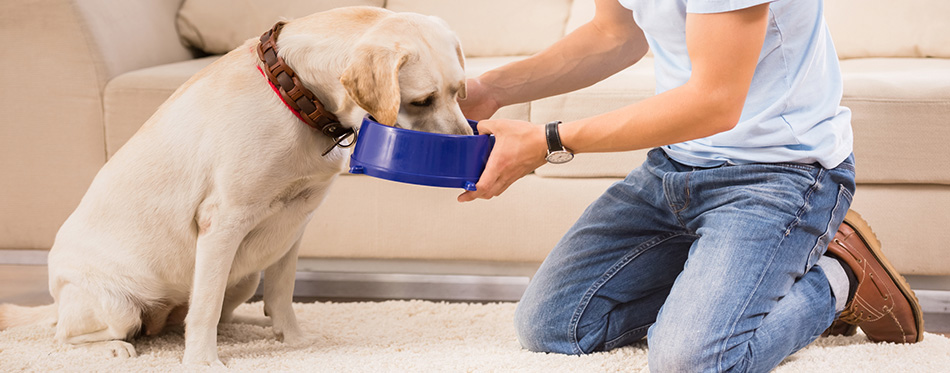
Common Feeding Times for Dogs
Different pet parents observe different feeding schedules for their respective dogs. Some observe a twice-daily feeding schedule while others go for once-a-day feeding. There are also those that leave the feeding to their dogs, meaning it is free choice. Let us look at these feeding times one by one.
Twice-a-Day Feeding
Pet parents who observe a twice-daily feeding schedule will feed their dogs once in the morning and another in the evening. They often observe an 8- to 12-hour period in between meals. For instance, if you give your dog its breakfast at 7 in the morning, you can give its dinner at around 3 in the afternoon or 7 in the evening. This is typical for healthy adult dogs and follows the normal canine digestion.
The dogs digestive system requires about 5 to 6 hours for it to process and absorb the food that it consumed. These nutrients will still be present in the dogs blood for a few more hours before its stomach starts sending hunger signals to the brain. This occurs about 8 to 10 hours after the meal, depending on the amount of calories that the pet consumed in its last meal.
As early as 8 hours after its last meal, the dogs brain receives the first hunger signals. These grow in intensity and can manifest in different dog behaviors telling you they are already hungry.
The timing of their first meal depends on a few considerations. One of these is their need to defecate. Canine fecal elimination occurs anywhere between 30 minutes to 1 hour after a meal. If you are going to work at 8 in the morning, this means you need to feed them at about 6:30 AM. This will give you ample time to take them out for a walk for them to defecate. You can then prepare for your work.
You can also observe the same consideration during their second and last meal of the day. You may want to feed them first before you walk them for a poop. The current recommendation is to make their evening walk longer so that they will also tire afterwards. This will help them go to sleep a lot faster. The timing, then, depends on what time you want to be on your own bed.
This twice-a-day feeding schedule is applicable to normal healthy adult dogs. Younger dogs such as puppies often require more frequent feedings. The same is true for dogs with certain health conditions.
Related Post: Automatic Dog Feeders
Once-a-Day Feeding
Proponents of once-a-day dog feeding schedule often feed their dogs in the evening. They will feed their dog upon coming home from work. After about 30 minutes or so, they can take their hound out for a long 30- to 60-minute walk.
There are also those who feed their dogs early in the morning, before they tend to their other life commitments. Again, the general guideline here is to feed the dog first before you facilitate their defecation.
Once-a-day feeding is not recommended among dogs that are prone to gastric dilatation volvulus. These include breeds like Great Danes, Weimaraners, St. Bernards, and Doberman Pinschers, among others. Veterinarians consider once-a-day feeding to be a major risk factor in the development of this life-threatening condition. In GDV, the dogs stomach expands and twists on its own axis. This can lead to the cutting off of the blood supply to the organs of the abdomen.
If you are considering feeding your dog only once a day, make sure that it doesnt have a deep and narrow chest. These dogs are more prone to GDV than any other breed.
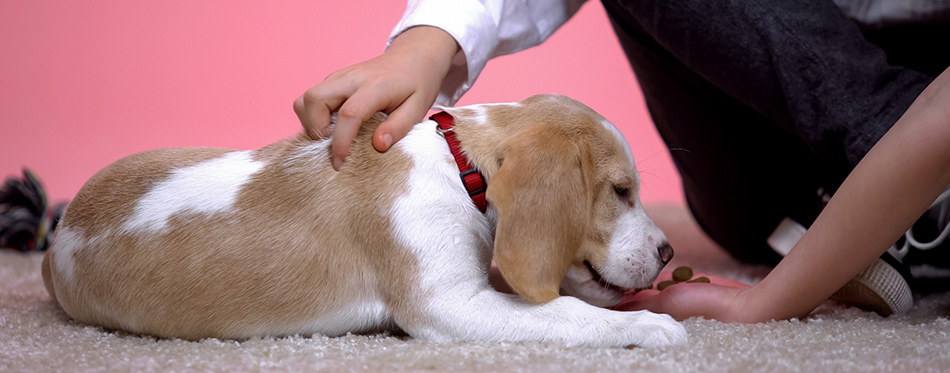
Feeding Ad Libitum or Free Choice
There are also pet parents who feed their dogs ad libitum. This means its up to the dog to decide when it wants to eat. This approach is ideal for hyperactive dogs that may require frequent trips to their food bowl to replenish their energy. It may also work for nursing dams since they have plenty of small mouths to feed.
It is also the ideal solution for pet parents who may have difficulty adhering to a strict dog feeding schedule. All they need to do is to leave their pets with a bowl full of dog food and they can go on their merry way.
For this to work, the dog food should be in the form of kibbles. It is never a good idea to use canned or wet dog food in an ad libitum feeding approach. Dog kibbles take longer to spoil so your dog can still feast on its food at the end of the day.
The main issue with feeding your dog ad libitum is that it can increase the risk of health problems like GDV and obesity. Some dogs can finish a days supply of dog food in one sitting. This can make them develop bloat, a major precursor of GDV. If they dont watch the amount of food they are taking, dogs can also become overweight. This is because some dogs have a knack for eating beyond satiety.
There can also be issues about the dogs behavior. It may not want to share the food with the other dogs in the household.
Feeding Schedules for Other Dogs
The preceding section talks about the feeding schedule for a normal, healthy adult dog. However, there are certain dogs that may not do well with these feeding schedules. Let us look at them.
Puppies
When deciding on the mealtimes of puppies, it is important to consider its toilet training. This is almost the same with the elimination pattern of adult dogs. Potty-training puppies often entails taking them outside the house several times each day. Some puppies may have to go outside about 5 to 6 times every day. As such, you can intersperse your feeding schedule within these housetraining sessions.
Sleep is another factor in puppies that you should consider. Puppies can sleep from 16 to 20 hours every day. You will want to schedule their feeding time during the puppys waking hours.
The last factor that you need to consider is the puppys activity levels. In general, pups spend their energy in bursts rather than in a sustained manner. This means you can see them playing now and sleeping a few minutes later. This is because they have already used up their energy.
The current recommendation is to feed puppies at least 3 times a day. Younger puppies require more frequent feedings than their older counterparts.
For example, you can take them outside for a short walk right after waking up. After an hour, you can give it its first meal of the day. After 30 minutes, you can then take it out to defecate in the backyard. You can give its 2nd meal at noontime or after about 4 to 6 hours from its first meal. You can take it out again for the 3rd time. Give it its 3rd and last meal for the day at around 6 or 7 in the evening before taking it out for a walk. For more options head over to our guide on puppy food.
Senior Dogs
When feeding senior dogs, you can adhere to a once or twice a day feeding schedule. However, there is one very crucial piece of modification you have to observe. It is important to reduce the amount of dog food they consume per meal. This is because their digestive system is no longer as efficient as when they were still at their prime. Their activity level is also lower than adult dogs.
Senior dogs may also come with health conditions that require a modification of their nutrition. It is best to adhere to your vets recommended feeding schedule if you have a sick senior dog. For more options, check out our detailed review of the best dog food for senior dogs.
Active Dogs
There are dogs that lead very active lifestyles. On the average, they spend less time sleeping and more time working or engaging in physical activities. Border Collies, Vizslas, and Terriers are examples of very active dog breeds.
For these dogs, it is better to feed them three times a day. That is one in the morning, one shortly after noon, and another one in the evening. Their higher metabolic rate means they will use up their energy stores a lot faster than other dogs.
Related Post: High Protein Dog Food
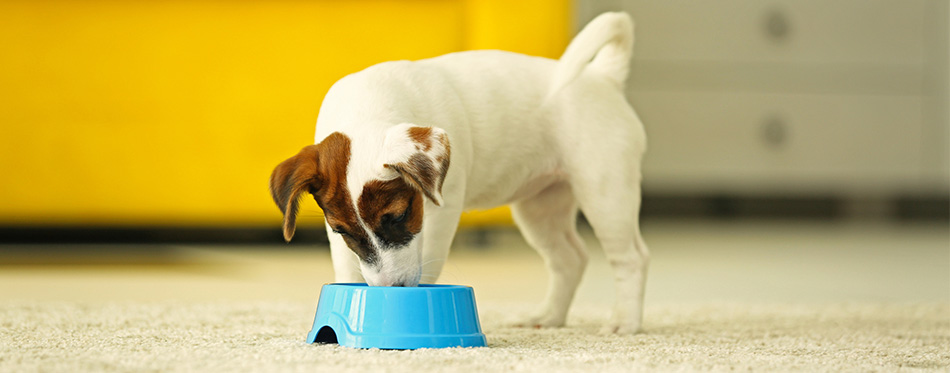
Sedentary Dogs
The opposite of active dogs, breeds that spend more time on the couch or dog bed often have slow metabolic rate. This means they dont use up their energy stores as fast as other dogs. If you feed these dogs more frequently, they may become overweight.
As a rule, sedentary dogs can feed only once a day. This should be enough to supply them with the energy that is enough to sustain their vital activities.
Figuring out the best time to feed your pet dog requires your understanding of its unique needs as well as activity levels.
Source:
- How Often Should Dogs Eat? AKC

